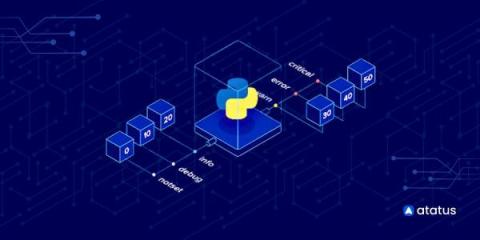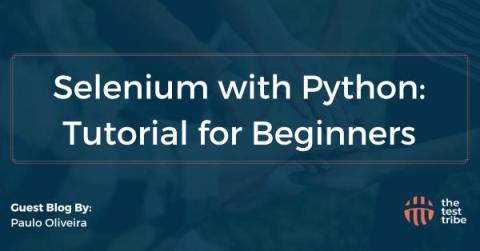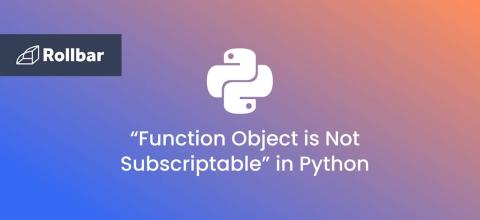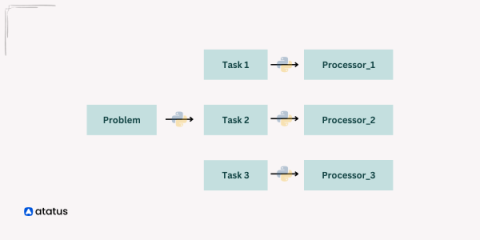Systems | Development | Analytics | API | Testing
Python
In today’s data-driven world, developer productivity is essential for organizations to build effective and reliable products, accelerate time to value, and fuel ongoing innovation. To deliver on these goals, developers must have the ability to manipulate and analyze information efficiently. Yet while SQL applications have long served as the gateway to access and manage data, Python has become the language of choice for most data teams, creating a disconnect.
15 Python Logging Best Practices for Developers
Let's say you own an application program. You wanted to expand its capability and integrated several microservices to do so. Everything works fine, and you will see significant growth in customer traffic. Now, the problem slowly starts building up. You face some customer queries asking for certain fixes. You want to help as much as you can, but unfortunately, you don't know exactly where the problem has occurred. You will have to check the entire thing from the beginning. It feels like doom, isn't it?
Python Logging: The Complete Guide
In computing, logging involves maintaining a record of events within a computer system, encompassing issues, errors, or pertinent information about ongoing operations. These events can manifest within the operating system or other software, with each occurrence documented through the creation of a message or log entry. Logging is crucial for comprehending the application's behavior, aiding in the identification of unexpected issues, debugging, or merely monitoring events.
Building command-line applications in Python
If you are into programming, you might have used commands like cp, mv, cat, etc, to perform different operations using a text interface like bash or Windows PowerShell. This article discusses implementing command-line applications in Python with functionalities such as keyword arguments, flags, positional arguments, and mode selection. It also discusses how to implement the Linux head command in Python.
Selenium Python Tutorial for Beginners
In today’s rapidly evolving software development landscape, the dependability and functionality of web applications are really important. When used in conjunction with Python, Selenium presents a sophisticated answer to many urgent issues faced in the test automation area. It effectively tackles the need for swift, consistent, and precise testing of web applications across various browsers and environments.
Pytest Tutorial: Learn How to Test Python Code | Andrew Knight | #softwaretesting #pythontutorial
Unlock the power of Python testing with Andrew Knight's hands-on demonstration using Pytest, the most popular testing framework in the Python ecosystem. In this insightful video, Andrew guides you through the practical aspects of Pytest, showcasing its features and capabilities for effective and efficient testing in Python projects.
An Introduction to Testing with Django for Python
In a world of ever-changing technology, testing is an integral part of writing robust and reliable software. Tests verify that your code behaves as expected, make it easier to maintain and refactor code, and serve as documentation for your code. There are two widely used testing frameworks for testing Django applications: In this article, we will see how both work. Let's get started!
How to Fix "Function Object is Not Subscriptable" in Python
“Subscriptable” is just a fancy way of saying "something you can use square brackets on to get parts from it.” For example, my_list accesses the element at 0 and key, respectively. In Python you can only use square brackets [] to access elements of a list, array, or dictionary. If you try to do the same thing with a function, you get the “function object is not subscriptable” error.
How to Fix IndexError: List Index Out of Range in Python
The IndexError: list index out of range error occurs in Python when an item from a list is attempted to be accessed that is outside the index range of the list. The range of a list in Python is , where n is the number of elements in the list.
Guide to Parallel Processing in Python
Parallel processing in computers is like having an efficient team working on different parts of a task simultaneously. In traditional programming, tasks are executed one after the other, like solving a puzzle piece by piece. However, parallel processing divides the task into smaller chunks, and these chunks are handled simultaneously by multiple processors or cores. Python provides modules that allow programs to leverage multiple processor cores efficiently.











